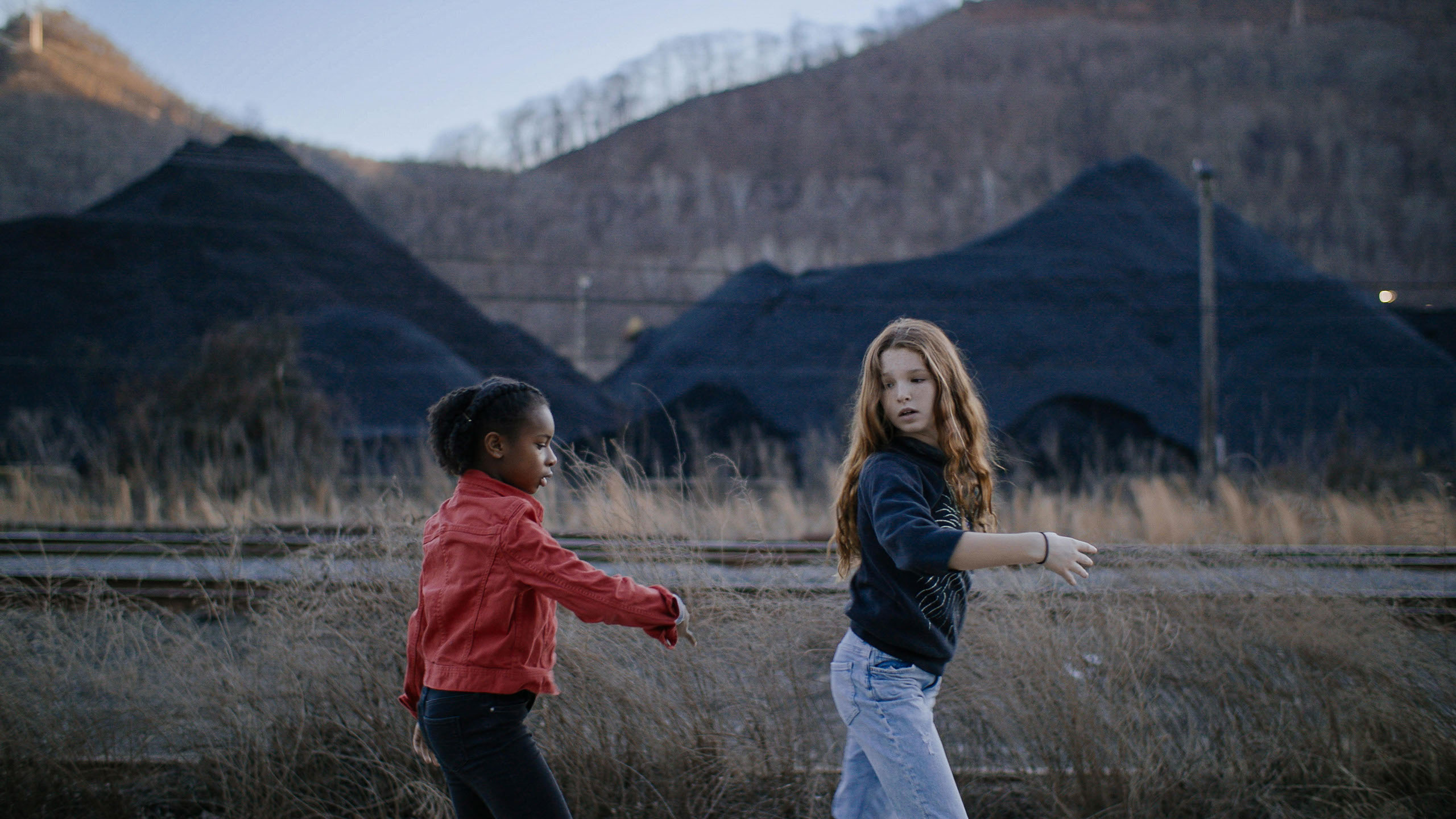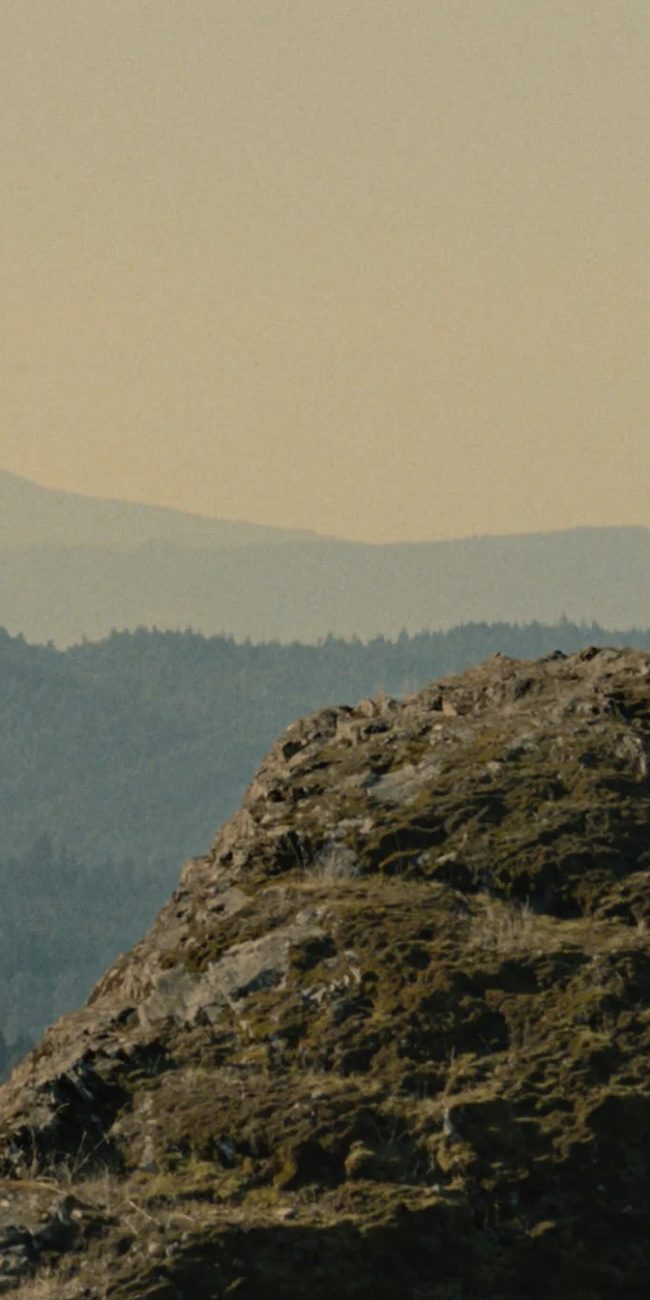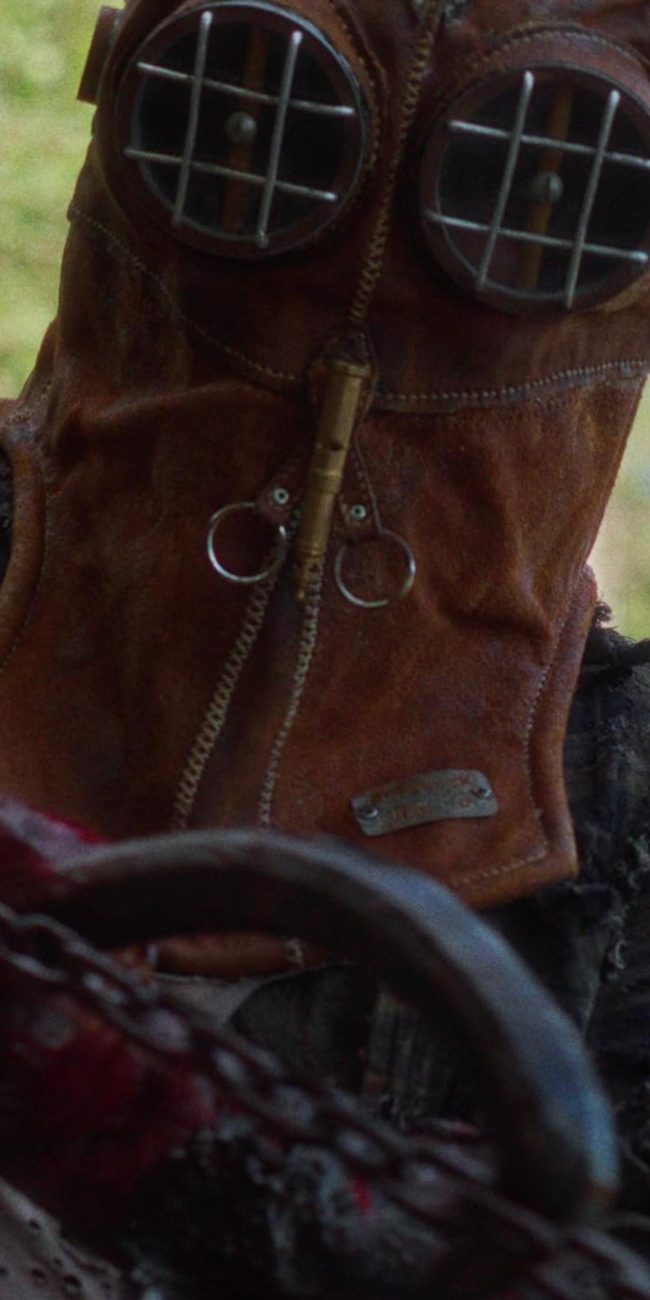KING COAL

(The 2023 Sundance Film Festival takes place January 19-29 in and around Park City, UT and virtually. As always, Hammer to Nail has you covered with tons of movie reviews like M.J. O’Toole’s review of the doc King Coal. Seen it? Join the conversation with HtN on our Letterboxd Page.)
Have you ever lived in a place where one certain resource becomes an entire way of life? That is the power that coal has in the Appalachian Mountains. The film is shot across multiple states; Pennsylvania, Kentucky, Virginia, North Carolina, Tennessee, and West Virginia where director Elaine McMillion Sheldon (Heroin(e)) grew up. In Sheldon’s personal documentary King Coal, we experience the region in all its beauty and pain, through the eyes of a local preteen girl and Sheldon’s elegant narration. Both Sheldon’s directing and perspective of the place she grew up around give it a playful and poetic aesthetic that makes the viewer ponder the magic of nature and the damage that even our most reliable sources of energy can bring.
For most of the towns that Sheldon captures, coal is just as valuable and significant in their culture as cheese would be in Switzerland. There are coal festivals, coal shovelings, a lowering of a coal block for New Year’s, a Coal Queen beauty pageant, a coal-themed amusement park, and tossing coal dust onto marathon runners as they cross the finish line. For many festivals and sports games, there is a moment of honoring the late coal miners and the ones currently living. Veteran miners even try to instill the pride and value of coal by visiting elementary school classes and taking kids on field trips. Sheldon captures the people in “the kingdom,” as she calls it, as those who are endlessly devoted to their traditions. However, coal has been slowly diminishing in economic value in the region for the past number of years even though it’s at the center of these traditions, which she considers “the frail days of our king.” For Sheldon, coal mining has supported her family for numerous generations. But as the number of miners starts to decrease, is the region at risk of losing a sense of identity and way of life?
Out of all the region’s residents, the ones with the most screen time are preteen Lanie and her best friend Gaby. The duo’s rituals together involve exploring nature with wonder, trying to pronounce words such as “bituminous,” and practicing ballet dance out in the open. Their bond is reminiscent of characters from a childhood fable, or more recently the twins from Celine Sciamma’s Petite Maman. Through their eyes, we see the benefits coal has brought to their homeland, but we also see the ways in which it has damaged parts of the land. The film goes into detail about how much of a dangerous, low-paying, and environmentally damaging profession coal mining is. Through her narration, Sheldon tells the story of a 500-year-old tree that the mining company had cut down. That, along with numerous other trees, can transform a forest into a barren wasteland haunted by the ghosts of its fallen structures. The way Sheldon captures the landscapes both blooming and marred, aided by the cinematography of Curren Sheldon, is reminiscent of The Qatsi Trilogy, in how we feel torn about the environments being taken over by industry.
While this is certainly not a pro-coal documentary, King Coal does not diminish the spirit of the region nor the lives of the people past and present. Sheldon immerses us in nature through deep exploration and ASMR-like sound design, thanks in part to breath artist Dominic “Shodekeh” Talifero. The music also includes tunes and rhythms to honor coal miners and settlers from all walks of life, including immigrants and other persons of color. Throughout the film, Sheldon looks for meaning in both the past and present. From the journey she takes us on, the question is raised of what the future will bring if coal mining begins to dwindle. Later in the film, she decides to hold a symbolic funeral for “the king” in order to free its spirit and to help the people move forward from its long-standing history. This, along with numerous other heartfelt sequences in the film, raises the possibility of breaking the cycle, and forming a new kind of future for Appalachia.
In King Coal, Sheldon has taken a subject that’s very personal for her and made it universal to connect with those from other walks of life. Instead of giving it a dreadful, prophetic tone the way a lesser documentary would, Sheldon’s nuanced approach allows us to see the land she grew up in with a childlike wonder. She has us see things from the people’s perspectives of their home and cultures, rather than projecting biased views on them. The way she follows the two girls throughout most of the film gives a sense of hope for future generations and how they may connect deeply with the earth and protect it. An elegiac fable, King Coal is a gorgeously shot tribute to Appalachia and its people.
– M.J. O’Toole (@mj_otoole93)
2023 Sundance Film Festival; Elaine McMillion Sheldon; King Coal documentary movie review











